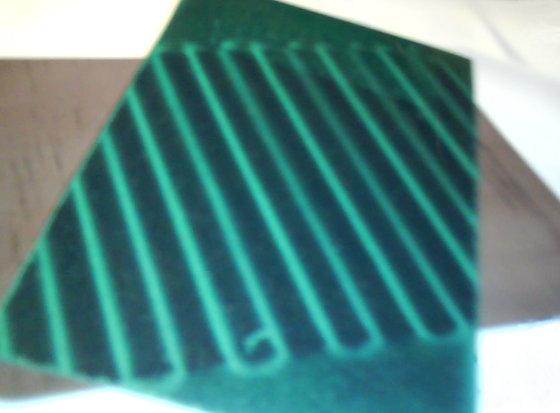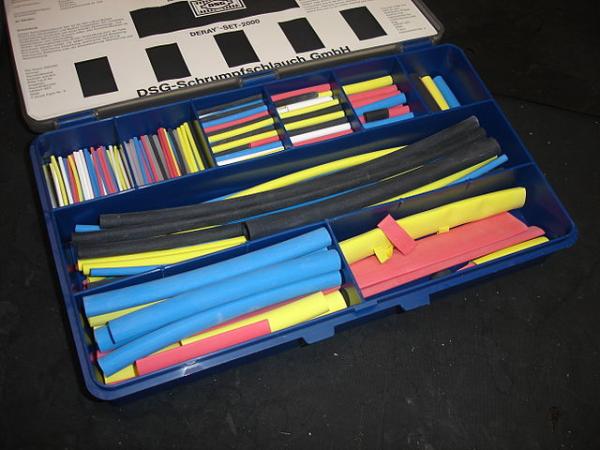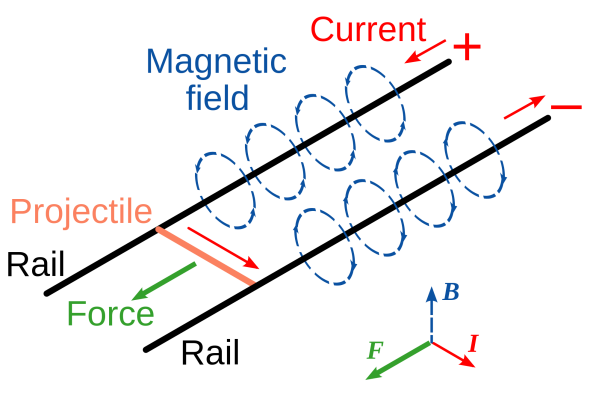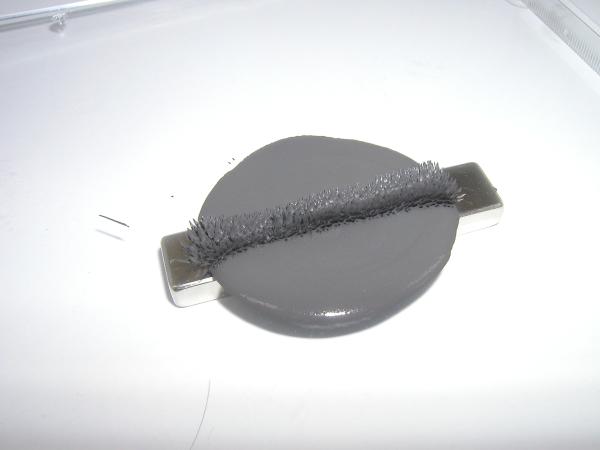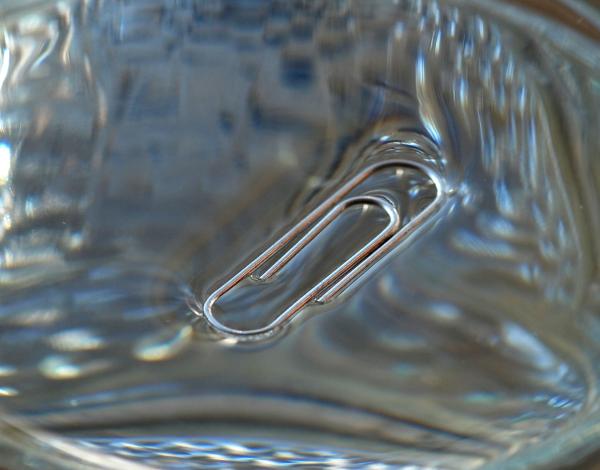Magnet Experiments
-
How To Use Magnetic Field Viewer Film
There are many different ways to see magnetic fields even though they are invisible to the naked eye. You can use a compass or iron filings to determine the direction and boundaries of a magnetic field. Or you can use magnetic field viewer film to see the magnetic field lines of magnets. It’s usually used by hobbyists to examine electronics. So, how does it work? Continue reading → -
5 Things To Magnetize With Heat Shrink Tubing
When you have neodymium magnets the possibilities for innovative DIY crafts and home improvement projects are endless. You can can organize everything more efficiently or hang temporary decorations for fall with magnets. If you add heat shrink tubing to your supply list, there are even more possibilities especially if you want to avoid a gluey mess. Here are five things you can magnetize with heat shrink tubing to make them easily accessible and harder to lose: Continue reading → -
DIY Magnetic Rocket Experiment
Launching a rocket into space is expensive. The current chemical method requires over 800,000 gallons of liquid propellants. On average it costs $450 million per shuttle launch, which is in addition to the cost of the shuttle itself. The Space Shuttle Endeavor cost $1.7 billion. So, as costs continue to rise some scientists and engineers are trying to come up with an alternative launch method. Continue reading → -
Magnetic Liquid Body Armor
The popular Iron Man movie franchise and comic features a suit of body armor that could make any engineer green with envy. The Iron Man suit, a work of science fiction, seems to be a feat of futuristic engineering not yet possible today. Or is it? Scientists are working on an impenetrable suit of body armor consisting of iron particles and a carrier liquid. This liquid body armor is possible because it contains magnetorheological (MR) fluids. Continue reading → -
How To Make A Magnetometer
Magnetometers are used to measure the direction of a magnetic field or the magnetization of a magnetic material. They can also be used to measure geomagnetic storms. So, if you missed the aurora sightings from the latest geomagnetic storm you can predict the next ones with your own DIY magnetometer. Continue reading → -
Magnet Experiment: The Levitating PaperClip
Magnets can do some amazing things -- like accelerate a train at speeds over 300 mph or power a MRI to look through the human body. However, sometimes its just fun to conduct experiments with them. One interesting experiment to do is to make a paperclip levitate, or seem to float in midair. The experiment is about as simple as it gets, and you can do it with everyday items that you probably have laying around your house. Here’s how you can do it. Continue reading → -
Repelling Magnets Experiment
Every permanent magnet has a north pole and a south pole. Even if you cut a magnet in half, the two remaining pieces will have a north and south pole. And if you know anything about magnetism, you know that opposites attract. The north pole and south pole of two magnets will pull towards each other, whereas two similar poles will repel each other. Magnetic attraction and repulsion are perhaps the simplest and most well-known properties of magnets. In this experiment, we’re creating a device that shows how magnetic repulsion works and makes learning about it fun. Continue reading → -
How to Go Fishing With Magnets
Magnet fishing is more like going treasure hunting in the water than it is like actual fishing. In other words, you won’t catch any fish with this method, unless they are made completely of iron or some other strongly magnetic material. Some treasure hunters throw magnets in lakes and other water ways to attract magnetic metals and pull them up. The hope is that something valuable will surface, but often miscellaneous items like bottle caps and keys are found as well. In fact, strong lifting magnets called magnet retrieval tools are specially designed to retrieve items that are lost at the bottom of bodies of water. However, if you simply wanted to try out magnet fishing and are not looking to retrieve larger, heavier items from the water, you can easily create your own magnet fishing tool. Continue reading → -
Recreate Michael Faraday’s Magnetic Experiment
In the 1800s, a scientist named Michael Faraday made significant contributions to the study of electricity, magnetism and chemistry. One of his most influential contributions was the discovery of electromagnetic induction. Electromagnetic induction is when an electric current is induced. It occurs when a conductor is placed in the presence of a changing magnetic field. You can recreate Faraday’s electromagnetic induction experiment with the instructions below. Continue reading → -
Magnetizing Objects with a Bar Magnet
Is it possible to give objects that are not magnets the power of magnetism? That is the question that we are putting to the test in this magnet experiment! Read on to see how a magnet can turn a regular piece of steel or other metal into a magnet. Continue reading →

